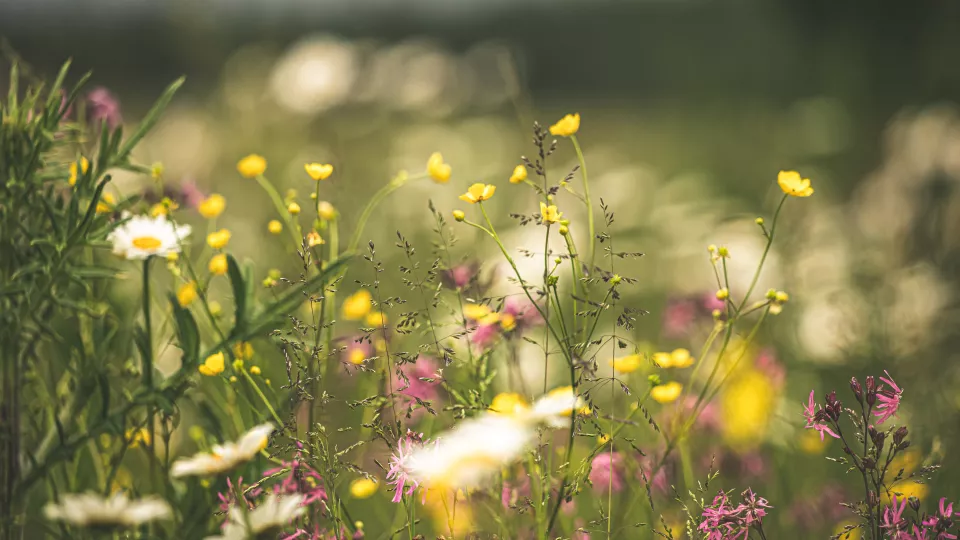The researchers’ study is based on inventories of herbs, bushes and trees made by the Lund Botanical Society for three periods (1938–1971, 1987–2006 and 2008–2015).
The plants that have declined most in the last 20 years are linked to semi-natural pastures and less productive arable land. Matgrass, heath rush and tufted forget-me-not, which grow in semi-natural pastures, and large-flowered hemp nettle, narrow-leaved hawksbeard and corn chamomile, which thrive on less productive arable land, are among the losers.
“The plants that have become more common are mainly feral garden plants such as Siberian squill, evergreen blackberry and wild marjoram”, says Torbjörn Tyler, researcher at Lund University’s Biological Museum.
To a large extent, the changes are due to shifts in land use. Wetlands have declined due to ditching, spruce forest has replaced small-scale agriculture in forest environments, and almost all meadowland has disappeared. There is, however, an even more important reason for the change in vegetation. The warmer climate.
“More than half of all the changes in recent decades can be explained by climate change. It is a general trend that the cold weather-tolerant species found in the north are decreasing, whereas the species that require more warmth are on the increase”, says Torbjörn Tyler.
In recent years, there have been initiatives to protect certain types of vegetation. And it has been shown that these measures make a difference. Things are going relatively better now, compared with the 1900s, for those natural landscapes that have received a lot of attention from nature conservationists. This applies, for example, to sandy calcareous grassland and calcareous marshland.
“These threatened types of vegetation are also decreasing, but not at the same rate as, for example, heathland and nutrient-poor marshland, which have received little attention.”
The article is based on two studies:
Global Change Biology (Tyler, T., Herbertsson, L., Olsson, P.A., Fröberg, L., Olsson, K-A., Svensson, Å. & Olsson, O. 2018. Climate warming and land-use changes drive broad-scale floristic changes in Southern Sweden. Global Change Biology 24: 2607–2621. DOI: 10.1111/gcb.14031.)
